Category: Education
-

The Forklift, the Gym, and the Renaissance of the Oral Exam
by Chief Financial Officer Chia-Hua (Phyllis) Chen As the CFO of an AI learning startup, I spend a lot of time analyzing where the EdTech market is heading. Recently, a fascinating narrative has emerged from campuses across the country: to “AI-proof” their courses, professors are turning to the oldest technology available—the oral exam. According to…
-
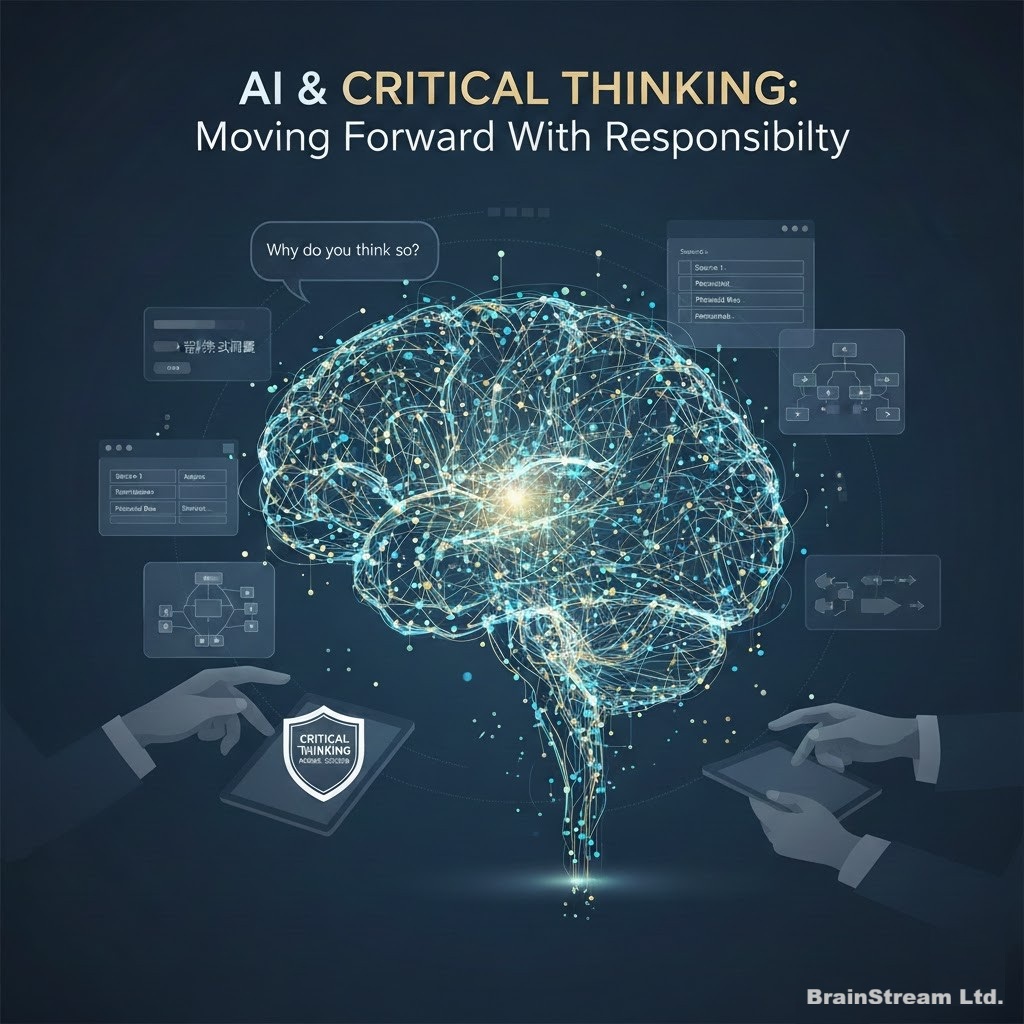
AI & Critical Thinking: A Better Way Forward
by Chief Operating Officer Tzu-Ying (Kimberley) Chen A few weeks ago, a CityNews story caught my attention. It described how many Canadian students feel that AI is making it harder for them to think on their own. I imagined a classroom I once visited, with students quietly typing, screens glowing, answers appearing instantly. Their speed impressed…
-
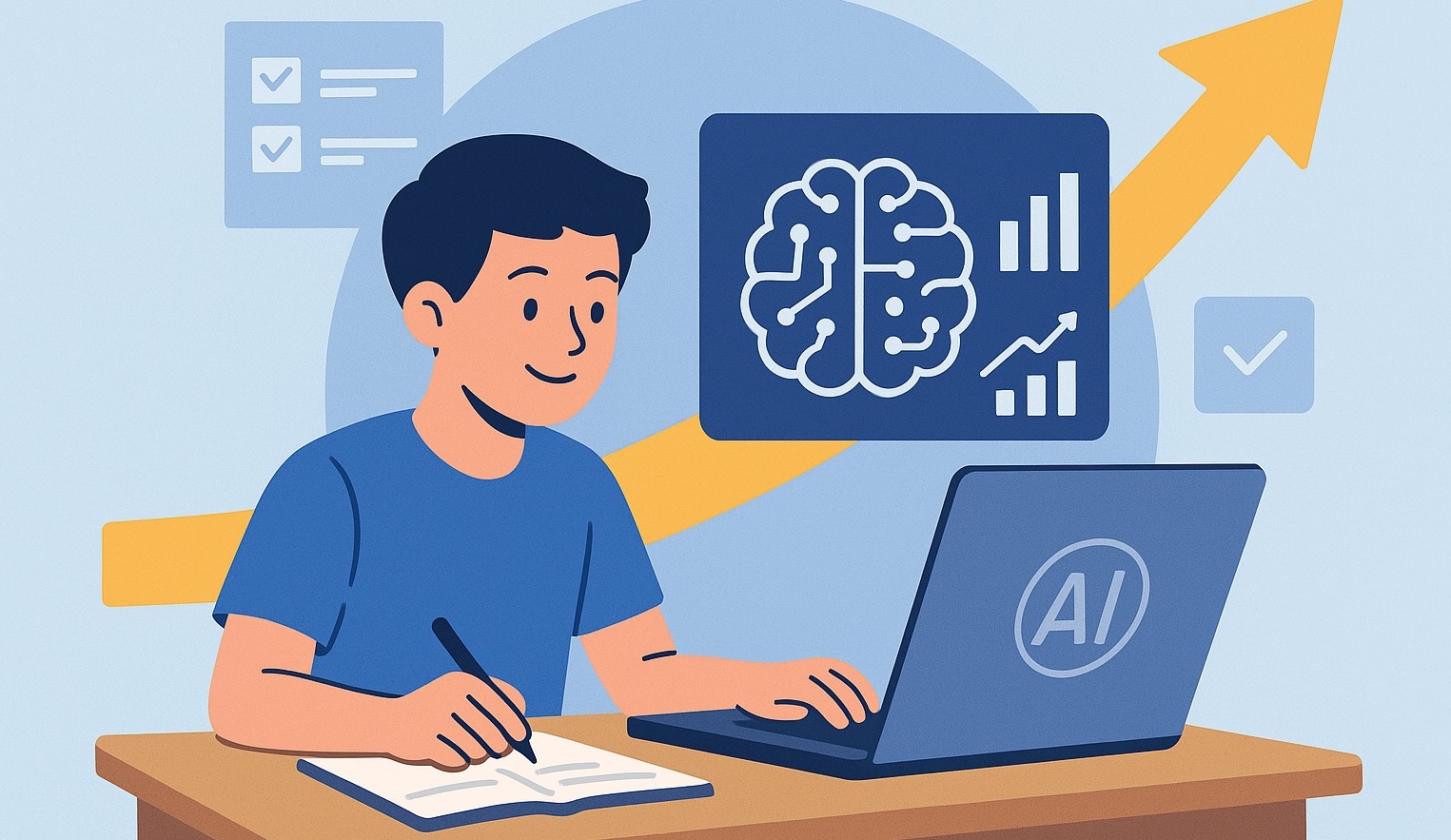
The Future of Education: How AI is Transforming Learning
by BrainStream Chief Marketing Officer Ya-Hui (Laura) Kao In today’s AI-driven education landscape, students have unprecedented access to learning resources. Yet the real challenge is no longer a lack of content—it’s direction. Even with abundant materials, many students feel lost, unsure where to start, and unclear about their progress. What students truly need is to…
-

What AI Can’t Replace: The Lasting Value of Books and Real Learning
by Chief Financial Officer Chia-Hua (Phyllis) Chen There’s no denying it — AI tools like ChatGPT have completely changed the way we learn. They’re fast, convenient, and surprisingly good at helping us explain concepts or clear up confusion within seconds. But the more I work with AI, the more I’m reminded of something important: AI can support learning,…
-
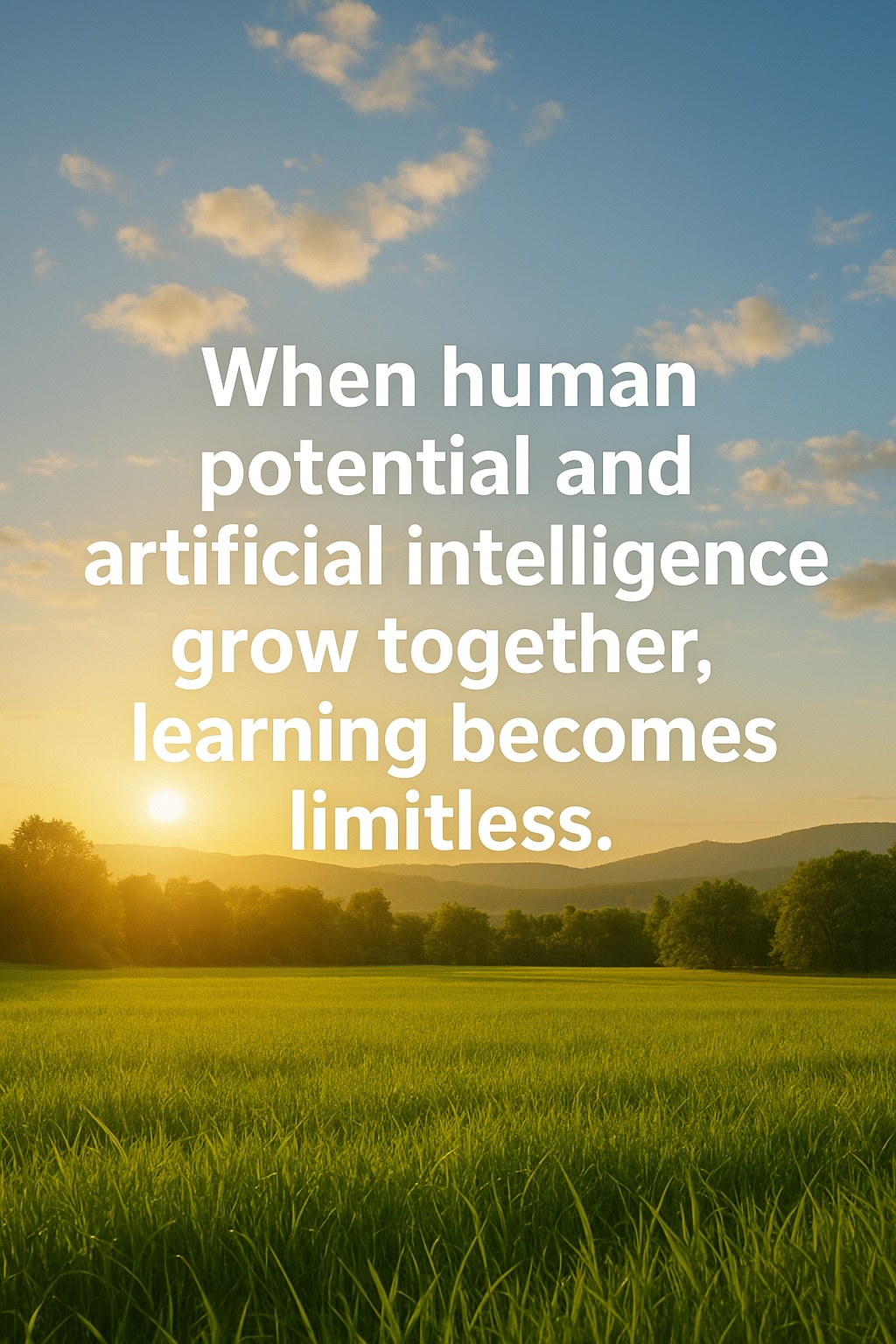
Shaping the Future of Learning with AI
by Chief Operating Officer Tzu-Ying (Kimberley) Chen Last month, the Government of Canada launched its AI Strategy Task Force and a national consultation to shape the future of artificial intelligence. (Source: Government of Canada) Among the priorities, education and skills development stand out — a vision that speaks directly to us at BrainStream, where our…
-
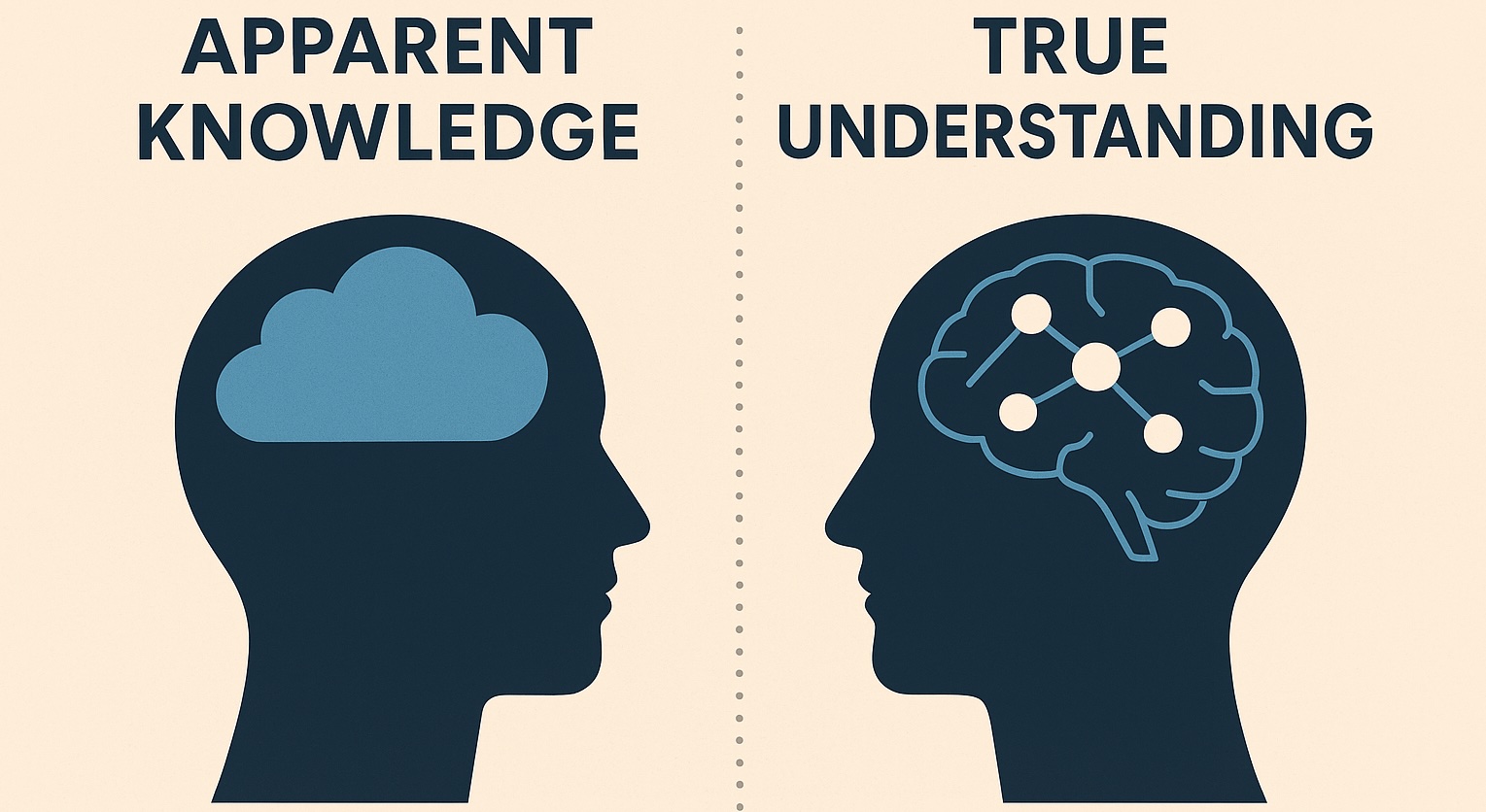
Teaching Students to See What They Don’t Know
by BrainStream CEO Steve Alcorn How BrainStream Will Take “Study Mode” Further OpenAI’s recent video introducing ChatGPT’s Study Mode highlights an important truth: effective learning isn’t just about finding the right answer — it’s about recognizing what you don’t yet understand. In a youtube video, Justin Sung, a professional education coach, makes a crucial point: even the best adaptive…
-

Empowering Every Student with Smarter, Fairer, and Faster Learning
by Chief Operating Officer Tzu-Ying (Kimberley) Chen At BrainStream, we believe education should be as dynamic and adaptive as the learners it serves. Our mission is simple yet powerful: to ensure that every student has the opportunity to learn with confidence, at their own pace, and with the right support. Artificial Intelligence allows us to…
-
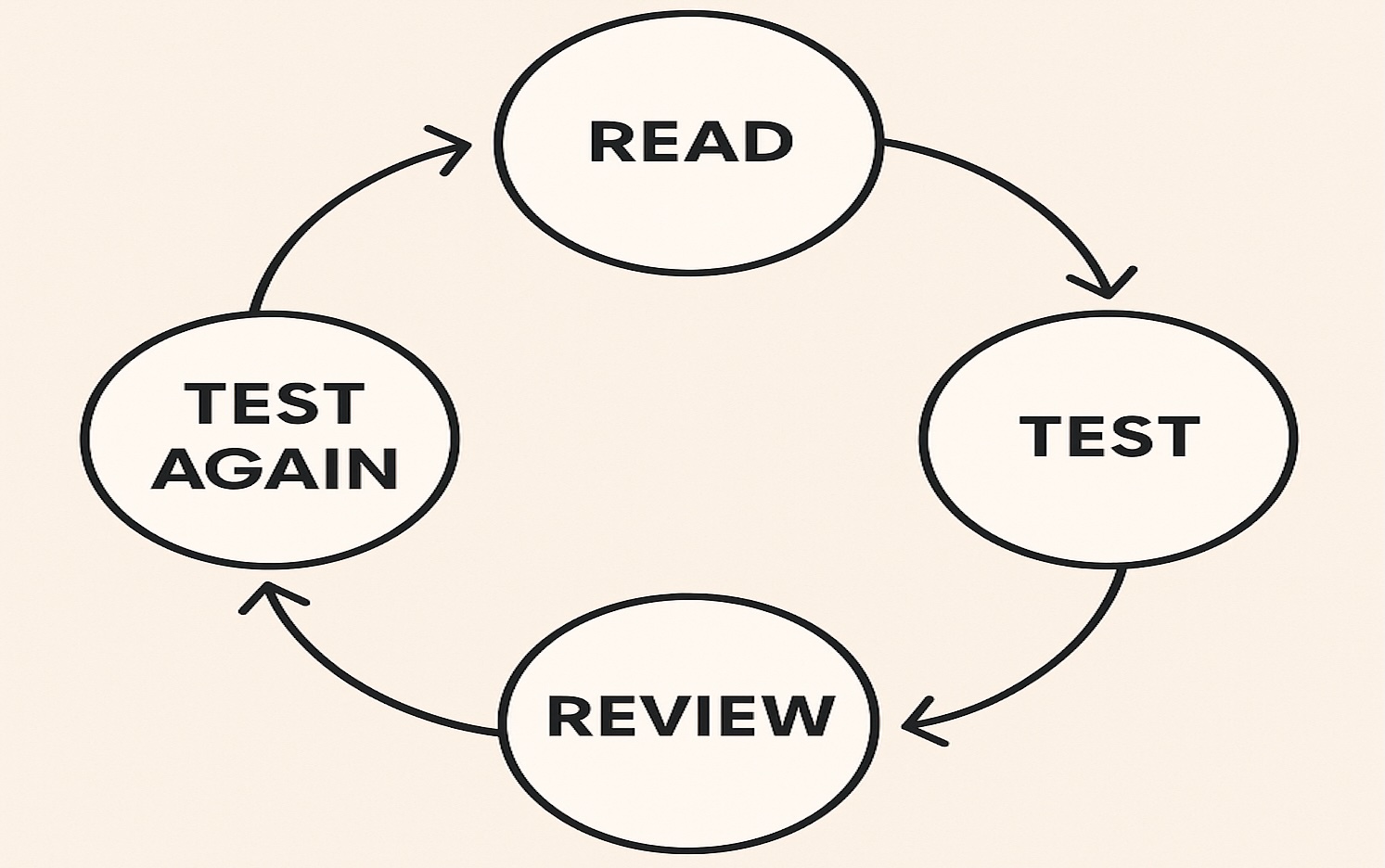
BrainStream Applies Cognitive Science
by BrainStream CEO Steve Alcorn In an article in The Conversation, Brian W. Stone, Associate Professor of Cognitive Psychology at Boise State University reminds us that rigor, effort, and struggle are essential to real learning. As Brian Stone argues, when AI tools allow students to offload thinking—to skip the hard work—skills may atrophy, and students…
-
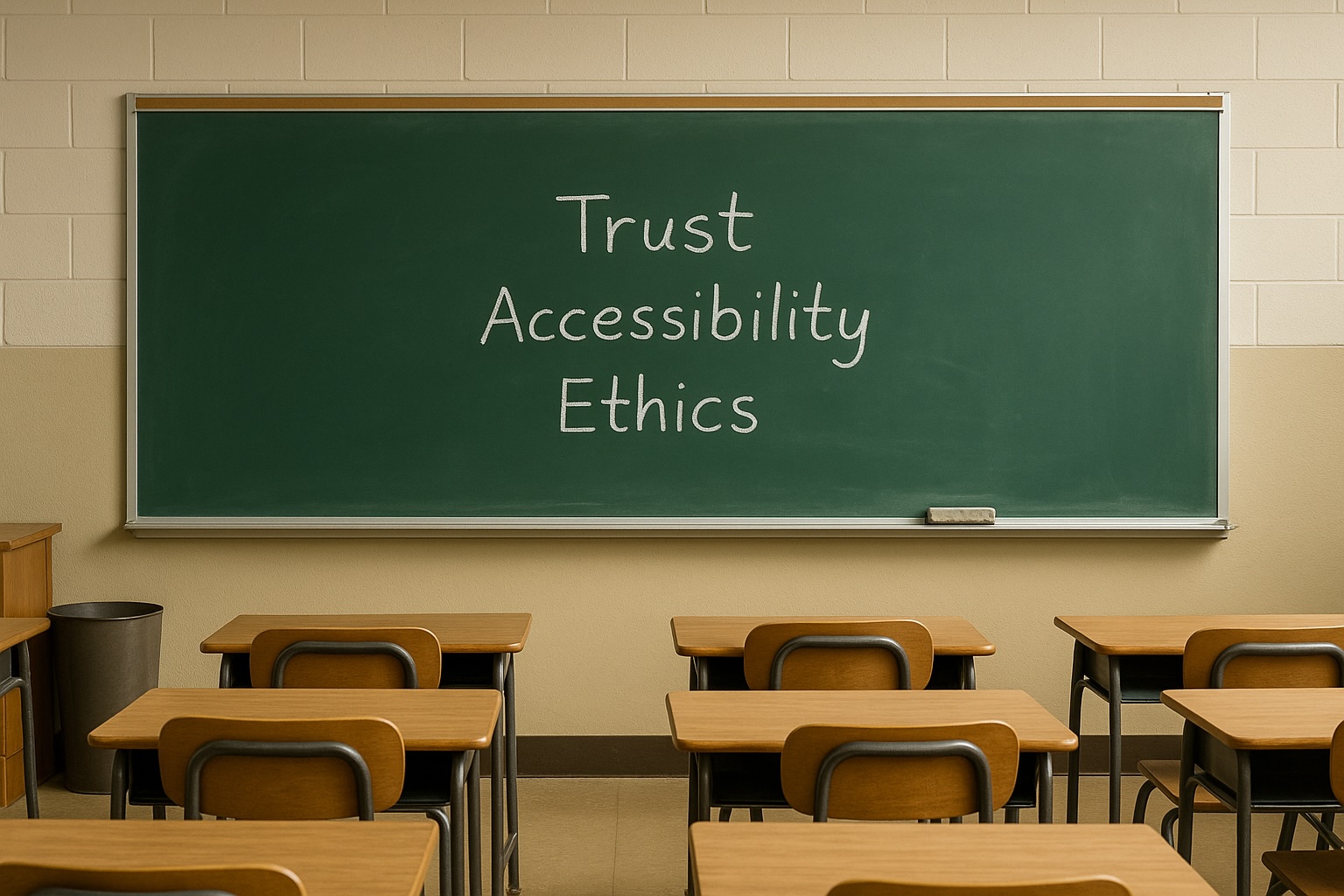
AI in Education: 3 Key Challenges and Practical Solutions
by Chief Operating Officer Tzu-Ying (Kimberley) Chen Working at the intersection of technology and education means facing both excitement and complexity. AI has the potential to make learning more personalized, accessible, and engaging — but turning that vision into reality isn’t without challenges. Over time, three issues tend to appear again and again, and they…
-

The Limits of Blue Books: A Smarter Way Forward
by BrainStream CEO Steve Alcorn In a recent New York Times opinion piece, Clay Shirky outlines the challenges universities face as generative AI reshapes academic work. Traditional safeguards against plagiarism no longer suffice; students can critique AI output with AI itself, and detectors remain unreliable. To preserve learning, Shirky suggests reviving older practices: in-class blue book exams,…
